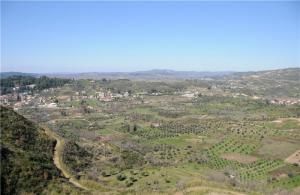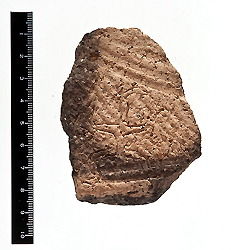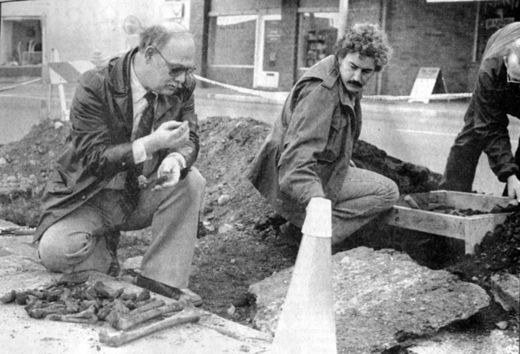OF THE
TIMES



Eyewitness Account Sir- In tonight's Herald I saw Mr Irvine's idea of the cause of the rumble at 12.30pm today. I take the honour to correct this. I was near No 1 pole, by the tramway powerhouse, when I happened to look up, and saw a huge white ball fly from the sun in a westerly direction. It had a tail like a meteor and gradually faded off into a long silver-like line, which remained in the sky for several minutes after the ball disappeared, and then faded away like puffs of smoke. Soon after the ball disappeared I heard an explosion like the boom of a heavy gun. Perhaps astronomers can give us a reason for this. I am, etc. ONE WHO SAW IT. Aromoho, November 26, 1908.Mokoia is famous for much more than its purple house and pet shop in the middle of nowhere. Indeed, it is a place held in high regard by many international museums and research papers around the world. Scientists have travelled to Mokoia from many countries to scrabble around farmland in the hope of taking a rare and outer-worldly item back home with them.